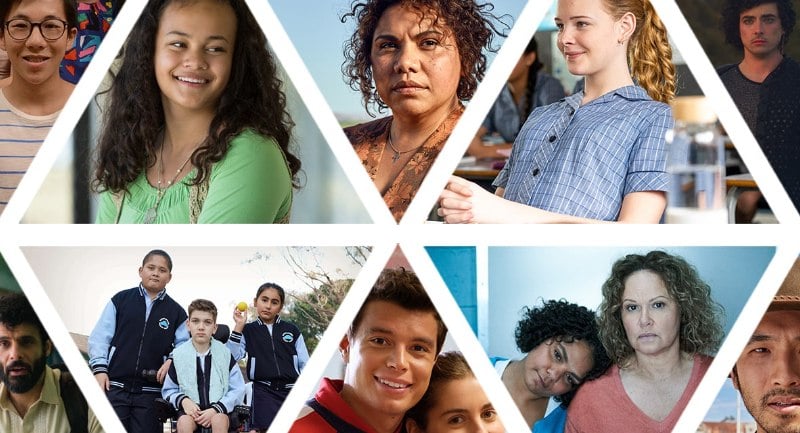The Screen Diversity and Inclusion Network (SDIN) has released Everyone Counts 2.0, the second report from The Everyone Project, presenting a detailed three-year snapshot of diversity in Australian film and television.
Three years of data across 395 productions
Covering July 2021 to June 2024, the report draws on 12,900 contributor roles filled by 6,976 individuals across 395 screen projects. It builds on the initial data from Everyone Counts in 2022, which surveyed 70 productions and 2,811 participants.
The report highlights diversity across gender, First Nations identity, disability, LGBQA+ and gender-diverse groups, age, primary carer status, socio-economic background, ethnicity, and language spoken at home. Notably, socio-economic status and intersectionality data are included for the first time.
Key findings
• First Nations people made up 3.4% of the talent pool, but just 2.8% of recruited roles.
• Disabled people were 8.2% of the talent pool and 7.2% of roles, both below the 21% population benchmark, but improving year-on-year.
• LGBQA+ people had strong representation at 20%, nearly double the estimated 11% population benchmark.
•Only 8.9% of respondents spoke a language other than English at home, compared to 25% of the general population.
• People from Anglo-Celtic backgrounds were over-represented (54%), while those of Asian (11%), African (2%), and non-European backgrounds were under-represented.
• 15% reported a below average or least advantaged socio-economic background growing up, while 39% reported above average.
Growing participation and industry benchmarks
Each year has seen increased uptake of the survey tool, with more screen organisations registering and more roles reported. The tool benchmarks data against population figures, helping funders and producers assess how projects compare with broader industry norms.
All screen roles are covered—from leads and extras to producers, crew, and post-production specialists—across genres from feature films to reality TV.
The Everyone Project to take over SDIN administration
From 1 July 2025, The Everyone Project will assume administrative duties for SDIN, following the network’s previous hosting arrangements at AFTRS (2017–2022) and the South Australian Film Corporation (2022–2025).
The tool will remain independently operated, with enhanced support offered to production companies for data collection and reporting accuracy. Engagement initiatives and updated methodologies are planned to boost adoption across the sector.
Leadership transition and continued initiatives
Outgoing Co-Chairs Olivia Khoo, Head of Film, Screen and Culture at Monash University, and independent producer Loani Arman, as well as outgoing SDIN Project Officer Anita Kimber, were recognised for their contributions.
The SDIN will continue to present the SDIN Award at Screen Forever and maintain its role in fostering collaboration across broadcasters, funding agencies, guilds, and education bodies.
Alignment in values
Adam Smith, founder of The Everyone Project, said: “As The Everyone Project continues to grow and evolve, we are pleased to note a continual increase in participation over the past three years, demonstrating SDIN members committed to increasing diversity and inclusion at all levels.”
“With a clear alignment in our values and purpose, The Everyone Project is pleased to take on a new role supporting the administration of the SDIN, and we are committed to evolving The Everyone Project to ensure improved outcomes for industry.”
The report’s release follows SBS’s announcement of its 2025–2028 Commissioning Inclusion Guidelines, which outline new targets for under-represented communities in commissioned content.
Find out more at the The Screen Diversity and Inclusion Network website and The Everyone Project website.
